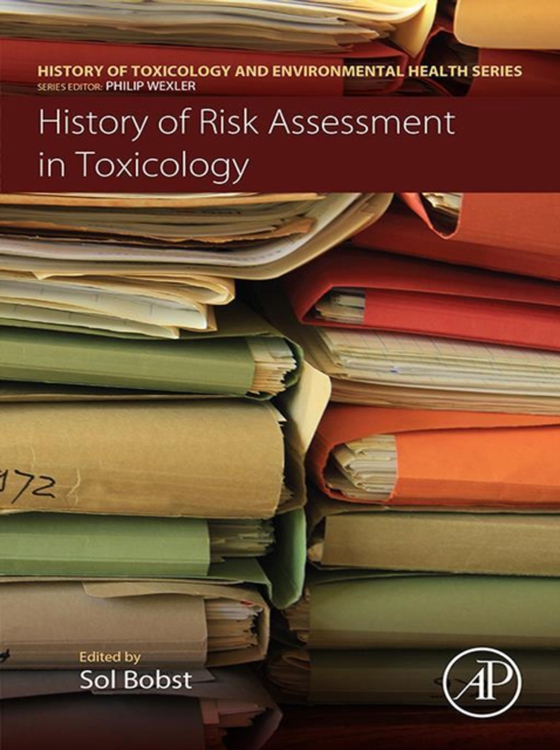
History of Risk Assessment in Toxicology e-bog
546,06 DKK
(ekskl. moms 436,85 DKK)
History of Risk Assessment in Toxicology guides the reader through the historical narrative of the evolution of risk assessment thinking in human and environmental practices. Risk assessment concepts are used in many different professional practice areas. In the health and environmental practices of risk assessment, the critical issue is often what chemical concentration in air, water, food, or...
E-bog
546,06 DKK
Forlag
Academic Press
Udgivet
20 september 2017
Længde
50 sider
Genrer
MBNC
Sprog
English
Format
pdf
Beskyttelse
LCP
ISBN
9780128095430
History of Risk Assessment in Toxicology guides the reader through the historical narrative of the evolution of risk assessment thinking in human and environmental practices. Risk assessment concepts are used in many different professional practice areas. In the health and environmental practices of risk assessment, the critical issue is often what chemical concentration in air, water, food, or a solid substance is acceptable, or considered not to result in any adverse effect. The book reviews examples from early scientific and health studies to showcase the foundations of risk assessment. The book also explores the development of risk assessment as practiced by major regulatory bodies such as the US Food and Drug Administration (FDA), the Occupational Safety & Health Administration (OSHA), and the US Environmental Protection Agency (EPA) to reveal how risk assessment has evolved in the 20th and 21st centuries. Modern technology has created opportunities in silicon in vitro, computational modeling, omics, and big data techniques to assess the toxicity of chemicals, while traditional approaches to risk assessment are being challenged with new and innovative approaches. Finally, current issues being debated and tested in risk assessment are outlined with possible future avenues suggested. Presents the first dedicated history on the evolution of risk assessment in toxicology Reviews the development of major US and EU regulatory bodies Provides a context to current debates surrounding the future of risk assessment Reviews examples from early scientific and health studies to showcase the foundations of risk assessment
 Dansk
Dansk

